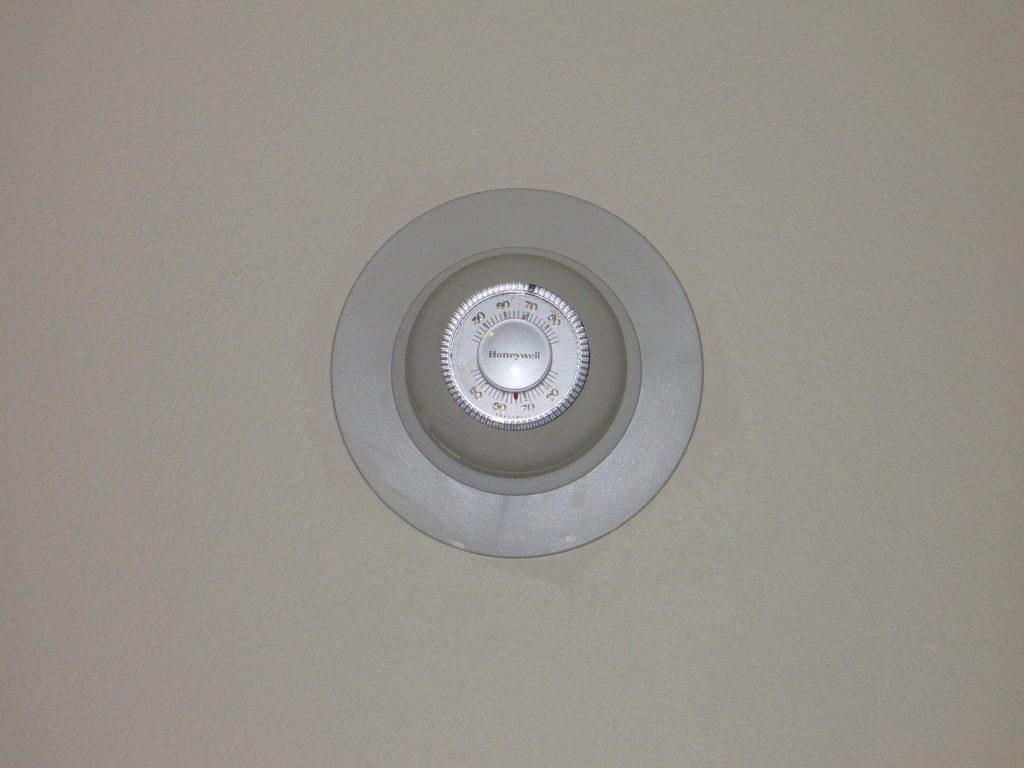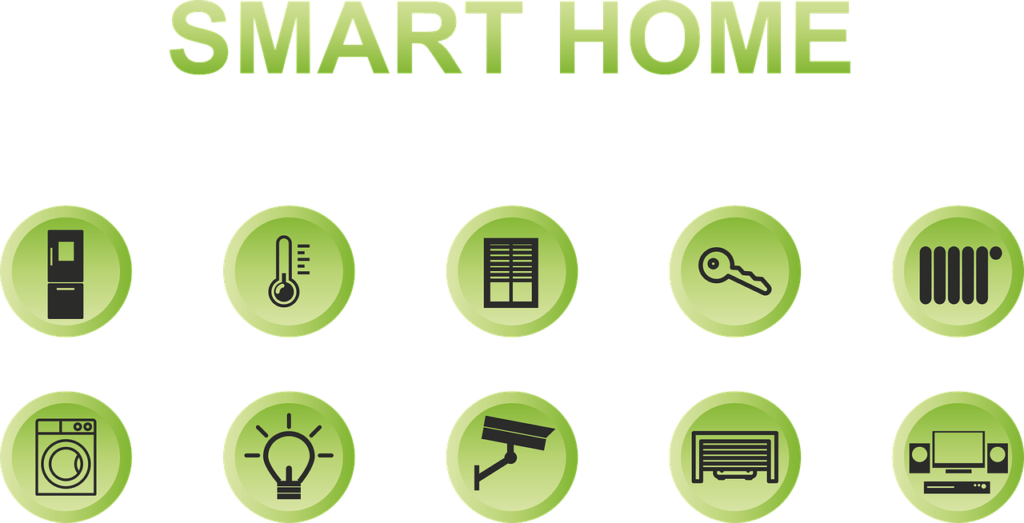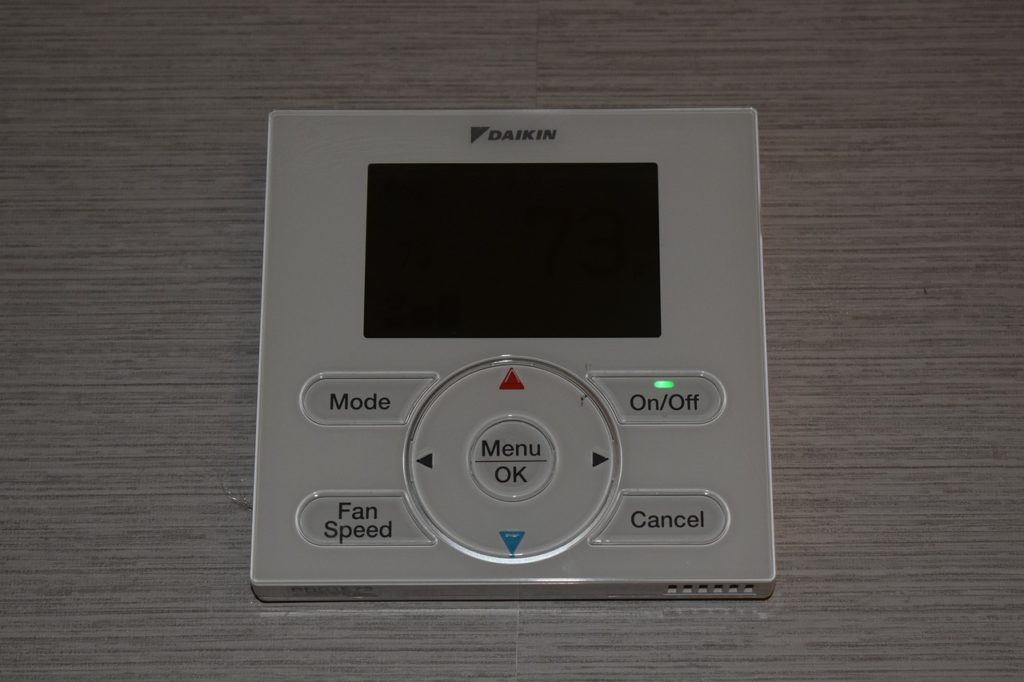You’re no stranger to the shock of opening a high utility bill, especially during those extreme summer and winter months. With heating and cooling accounting for nearly half of your home’s energy usage, you’ve probably wondered if there’s a way to keep your home comfortable while also keeping costs down. Enter smart thermostats – the intelligent climate control devices designed specifically to ease this burden.
With automated temperature adjustments that learn your habits for optimal efficiency, these nifty devices are more than just convenient; they’re money-savers too. Not only can you manage your home’s climate remotely, but you’re also making an environmentally friendly choice by reducing unnecessary energy consumption. Ready to make the switch? Let’s dive into how smart thermostats can significantly reduce your energy usage.
The Basics of Intelligent Climate Control Devices
You’re probably wondering, ‘What’s the big deal with these smart thermostats?’ Well, they’re not just nifty gadgets; they are intelligent climate control devices that can significantly cut down your energy usage. A key aspect to consider here is device compatibility. These smart thermostats can work in tandem with other home automation systems and appliances. This means you can integrate them into your existing setup without having to shell out for a complete overhaul of your current home infrastructure.
On the topic of cost analysis, it’s important to note that while the initial investment might seem steep compared to traditional thermostats, the savings you’ll reap in the long run make it worthwhile. These devices learn from your habits and preferences over time, adjusting settings dynamically for optimal comfort and efficiency. You won’t need to remember to dial down before leaving for work or going to bed – your thermostat will do it for you. So, not only do you save money on energy bills by using less power, but you also reduce wear and tear on your HVAC system leading to fewer repairs or replacements needed over time.
Understanding the Impact of Heating and Cooling on Utility Bills

Consider this: the bulk of your utility bills often comes from heating and cooling your home. You might have noticed that these costs spike during certain times of the year, causing significant seasonal bill fluctuations. In the summer, you’re trying to keep cool, while in winter, you’re fighting off the chill. These two periods are when your HVAC system works hardest, consuming a lot of energy and driving up your electricity or gas bills.
The insulation efficiency of your home also has a direct impact on these costs. If your house is poorly insulated, it’s like throwing money out of leaky windows and doors because heat escapes during winter and cool air seeps out in summer. On the other hand, a well-insulated home retains its temperature better reducing the workload on your heating or cooling systems and subsequently lowering energy usage. Investing in smart thermostats can help regulate this process more efficiently, optimizing temperatures based on occupancy patterns thereby further reducing unnecessary energy waste.
How Automated Temperature Adjustments Work
So, how do these automated temperature adjustments actually function? Well, it’s all thanks to something called Temperature Algorithms. These are complex calculations that your smart thermostat uses to learn your daily habits and adjust the temperature accordingly. For instance, if you usually arrive home from work at 6 PM, your smart thermostat will start warming up or cooling down your home a few minutes before that time so you can enjoy optimal comfort as soon as you walk in the door. Similarly, if the house is typically empty during the day, the thermostat can lower or raise temperatures to save energy.
Your smart thermostat doesn’t just stop at adjusting temperatures based on your routine; it also provides Energy Reports. These reports give detailed insights into how much energy you’re consuming and where most of it goes. By analyzing these reports regularly, you can easily see which practices are increasing your bills and make necessary changes. Over time, this data helps to further refine those Temperature Algorithms for even more efficient heating and cooling patterns. You get both comfort and savings with minimal effort – all thanks to these clever little devices!
Learning User Habits for Optimal Efficiency
Imagine a device that’s constantly learning and adapting to your lifestyle, quietly noting when you’re home, away, or sleeping, then adjusting the climate of your home for optimal comfort and efficiency. This is exactly what smart thermostats do through behavioral analysis. They learn from your habits – the times of day when you’re likely to be at home or work, when you go to bed or wake up – and build a profile that helps them operate more efficiently. By understanding these patterns in your daily life, they can predict when to heat or cool your home for maximum energy savings.
Now let’s talk about how this ties into energy patterns. A typical thermostat operates on pre-set schedules which may not align with your actual needs, leading to unnecessary energy use. On the other hand, smart thermostats learn your routine and adjust accordingly. If it knows you’ll be out of the house by 8 am every weekday, it’ll dial back heating or cooling during those hours so no energy gets wasted warming an empty house! Similarly if it detects everyone’s gone to bed earlier than usual one night – instead of maintaining the same temperature till midnight as programmed – it will lower the temperature earlier saving precious energy resources. In essence, smart therapies are all about working smarter not harder!
The Role of Remote Access in Managing Home Climate

With the tap of a finger on your phone, you’re able to adjust the temperature of your home from anywhere in the world – that’s the beauty and convenience of remote access. Through smartphone integration, your smart thermostat becomes an extension of your device, making it possible for you to control energy usage even when you’re not physically present at home. Wi-Fi connectivity plays a crucial role here, allowing real-time updates and modifications based on changes in weather or plans.
Imagine leaving work earlier than expected during a particularly chilly winter day. Instead of arriving home to a cold house because your thermostat was programmed for a later arrival time, you can simply adjust the settings from your phone while en route. This means by the time you get home, it’s already cozy and warm without wasting energy heating an empty house for hours. It’s this kind of functionality made possible by remote access that greatly contributes to reducing unnecessary energy consumption and trimming down those utility bills.
Environmental Benefits of Energy-Saving Devices
Isn’t it heartwarming to know that by simply embracing energy-saving devices, we’re not just saving money but also playing a vital role in preserving our beautiful planet for generations to come? With the green technology advancements in today’s world, smart thermostats are a testament to how we can live sustainably without compromising comfort. These innovative devices learn your habits and adjust the temperature of your home accordingly. This greatly reduces energy consumption and lowers greenhouse gas emissions.
Making eco-friendly living choices like this one doesn’t mean you need to sacrifice convenience or ease of life. Smart thermostats can be controlled remotely through apps on your smartphone, ensuring that you have control over your home’s climate at all times – even when you’re out and about. Plus, many models provide detailed energy usage reports so you can see exactly how much power you’ve saved and get tips on how to reduce it further. Isn’t it amazing how simple changes can lead us towards a greener future?
Making the Switch: A Guide to Installation and Setup
So, you’re ready to make the switch and embrace a greener way of living? Here’s a handy guide that’ll walk you through the installation and setup process with ease and fun! Don’t be put off by potential installation challenges; instead, view them as opportunities to learn. Start by unboxing your smart thermostat carefully – each component matters. After that, switch off the power at your breaker box to avoid any electrical mishaps. Remove your old thermostat but remember to take a photo first. This image will serve as an invaluable reference when connecting the wires of your new device.
Of course, there may be some bumps along the road during setup. But don’t worry; setup troubleshooting is part of the journey towards energy efficiency! Once you’ve installed the actual device on your wall, it’s time to program it according to your daily schedule for optimal comfort and savings. If any issues arise, refer back to user manual or reach out to customer support – they’re there specifically for this purpose! And always remember: The minor hiccups experienced during this switch are nothing compared with future benefits in terms of cost savings and environmental impact.
Conclusion
So, you see, investing in a smart thermostat can significantly lower your energy consumption and utility bills. It learns your habits, adjusts temperatures automatically, and even lets you control home climate remotely.
Not only does it make life more comfortable for you, but it also plays a role in conserving our environment. The choice is yours – keep grappling with high energy costs or make the switch to an intelligent climate control solution?

